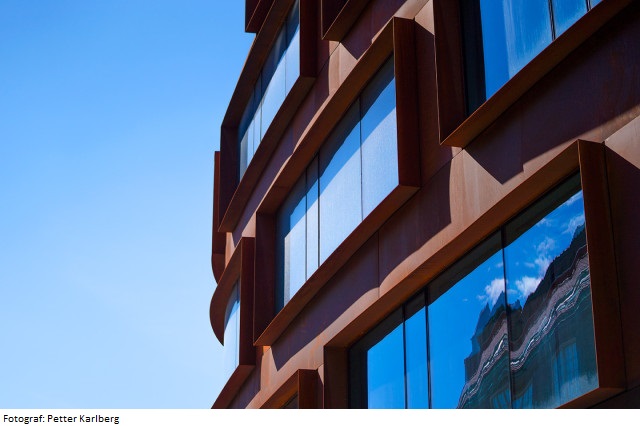A21P3C Architecture Project 2:3 Material, Space, Detail 12.0 credits

Information per course offering
Information for Spring 2026 Start 13 Jan 2026 programme students
- Course location
KTH Campus
- Duration
- 13 Jan 2026 - 1 Jun 2026
- Periods
Spring 2026: P3 (1.5 hp), P4 (10.5 hp)
- Pace of study
33%
- Application code
60082
- Form of study
Normal Daytime
- Language of instruction
Swedish
- Course memo
- Course memo is not published
- Number of places
Min: 5
- Target group
- ARKIT study year 2
- Planned modular schedule
- [object Object]
- Schedule
- Part of programme
Contact
Course syllabus as PDF
Please note: all information from the Course syllabus is available on this page in an accessible format.
Course syllabus A21P3C (Autumn 2024–)Content and learning outcomes
Course contents
Intended learning outcomes
After the course the student should be able to:
- Investigate and articulate the relation between material, space and detail and the climate conditions that are created through the design of a smaller architectural project.
- Discuss, show and describe how the own project affects its environment and how the environment affects the building project.
- Discuss, show and describe which rooms and sequences of rooms that have been created in the assignment.
- Describe and discuss the architectural qualities in the project in relation to the assignment.
- Discuss and present the principles of construction of the project and how the climate protection works in the project, in a technical drawing of a section.
- Discuss relevant references for the project and articulate the position in relation to these.
- Reason about how sustainability issues (climate, social, economic) relate to the project work.
- Compile the project to a presentation that includes a reflection of the result, references and a part of the working process. Compile the project to a portfolio format, together with the other projects/courses during the academic year.
Literature and preparations
Specific prerequisites
Approved project 2:1 (A21P1C).
Literature
Examination and completion
Grading scale
Examination
- APRO - Architecture project, 12.0 credits, grading scale: P, F
Based on recommendation from KTH’s coordinator for disabilities, the examiner will decide how to adapt an examination for students with documented disability.
The examiner may apply another examination format when re-examining individual students.
If the course is discontinued, students may request to be examined during the following two academic years.
Other requirements for final grade
General:
Learning outcome objectives are tested in design projects throughout the entireundergraduateprogram through students’ presentation of their process and results in assignments specified at the start of each course. To pass a course, students must also complete all assignments and have at least an 80%attendance at lectures, seminars, teaching opportunities, and assignment reviews.
Whether each student has fulfilled the learning objectives is determined by the examiner in conference with other faculty. They evaluate the student’s performance based on the following four parameters:
1. The student’s working process, project development, and questioning, and his or her documentation of these.
2. The student’s ability and skill to satisfactorily use and handle relevant representational forms and techniques and other design tools based on lectures, assignments, and learning objectives.
3. The student’s final presentation, the project’s qualities and possibilities, based on the student’s architectural and artistic exploration.
4. A reflection on the individual learning process must be handed in.
The project must be conducted within the given time frame of the course.
Special regulations for completion apply. The rules for completion can be found on the programme web.
Examiner
Ethical approach
- All members of a group are responsible for the group's work.
- In any assessment, every student shall honestly disclose any help received and sources used.
- In an oral assessment, every student shall be able to present and answer questions about the entire assignment and solution.